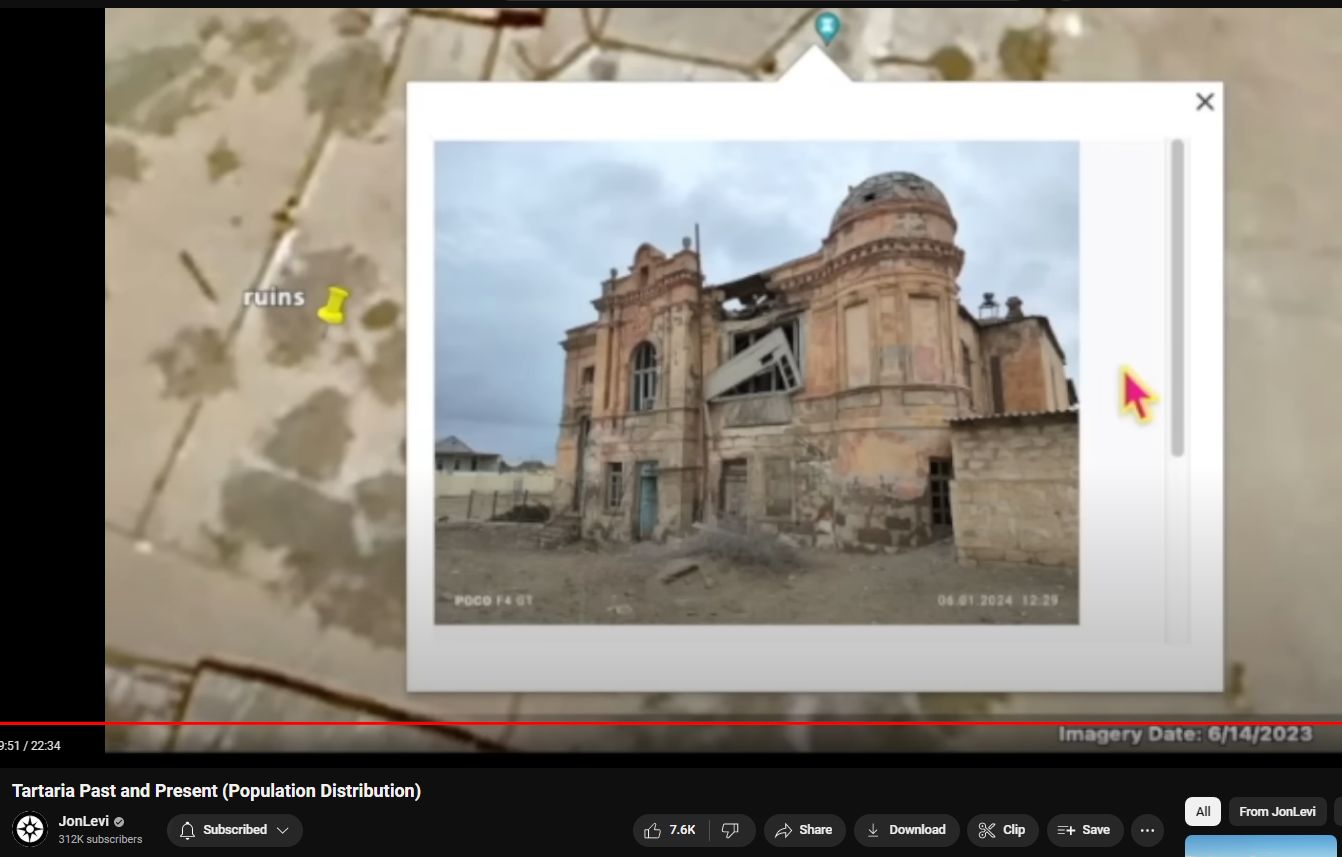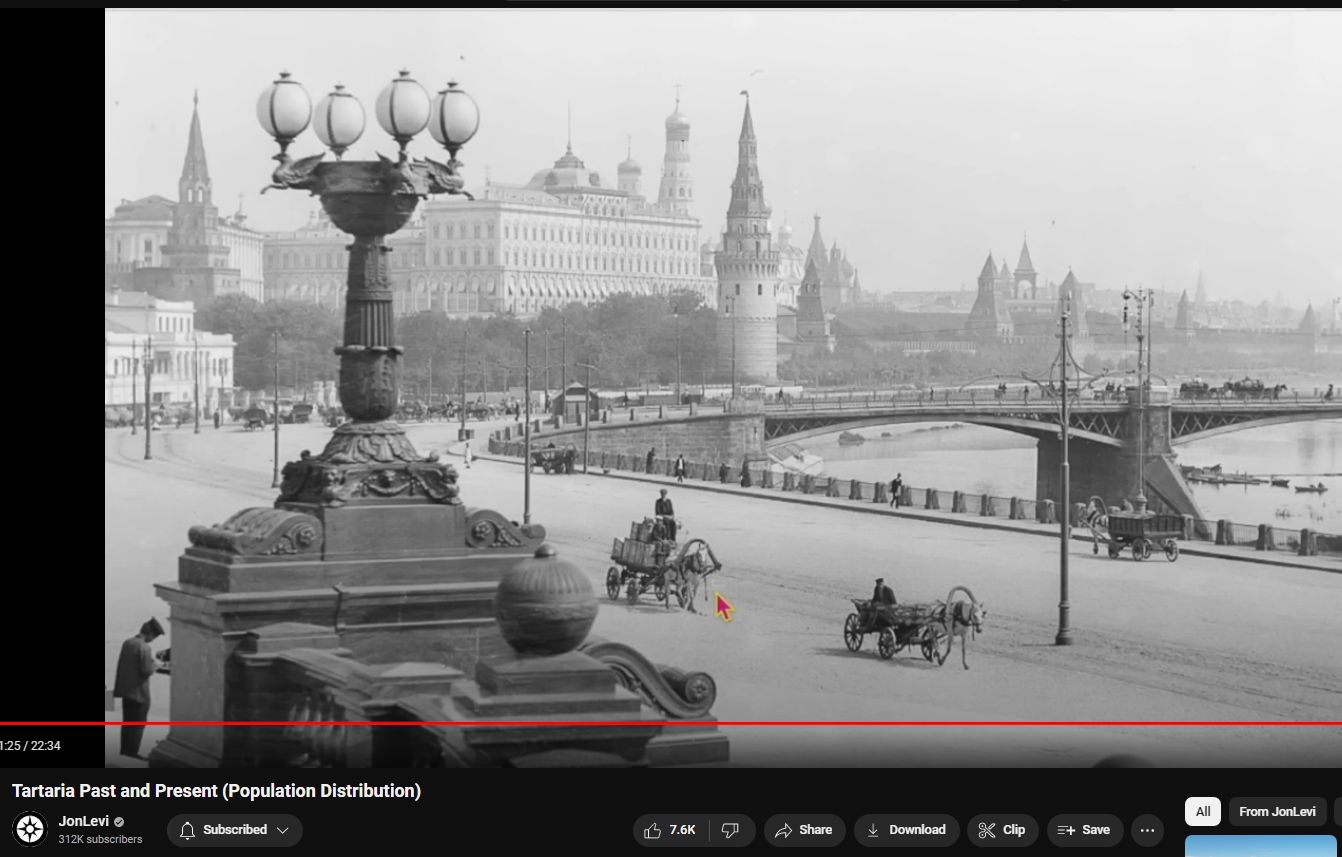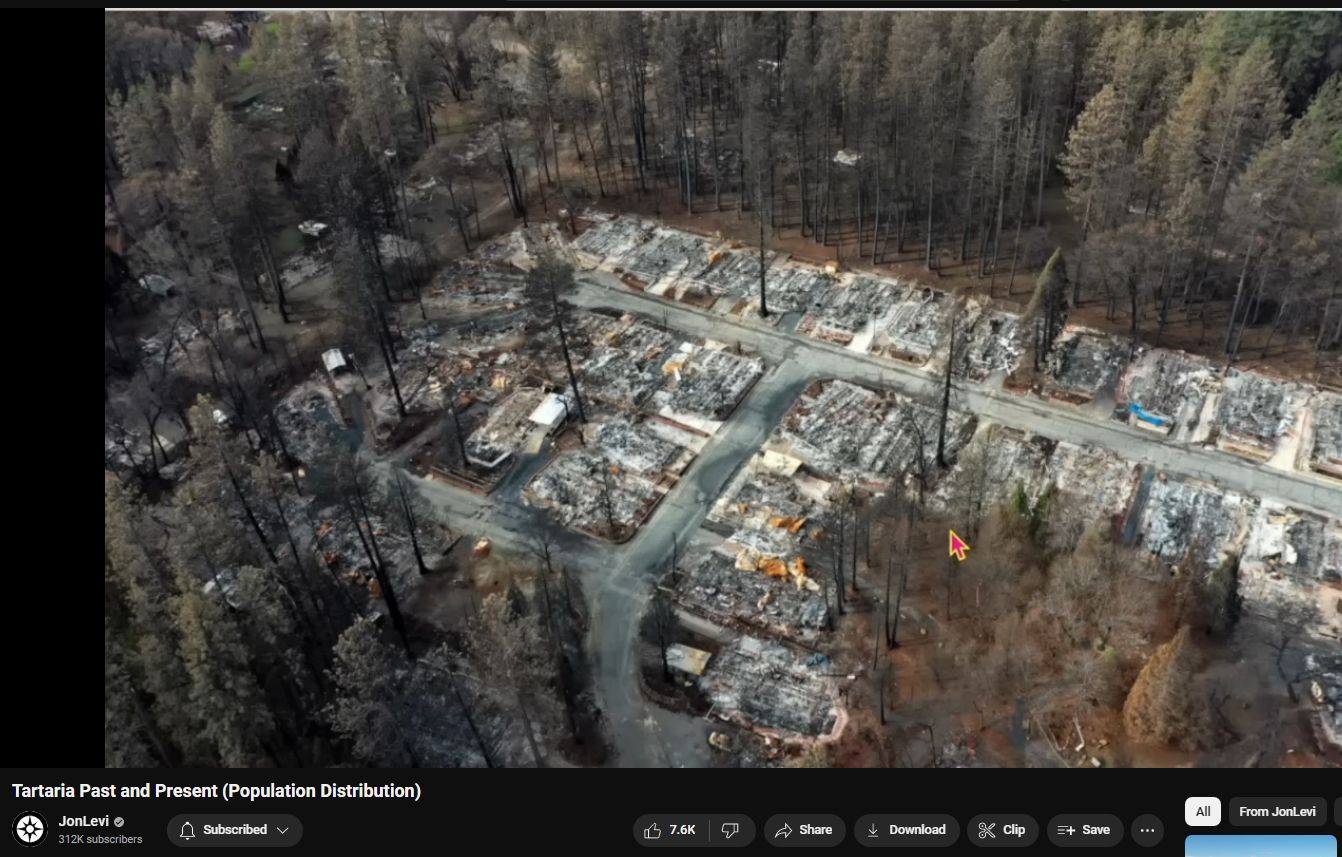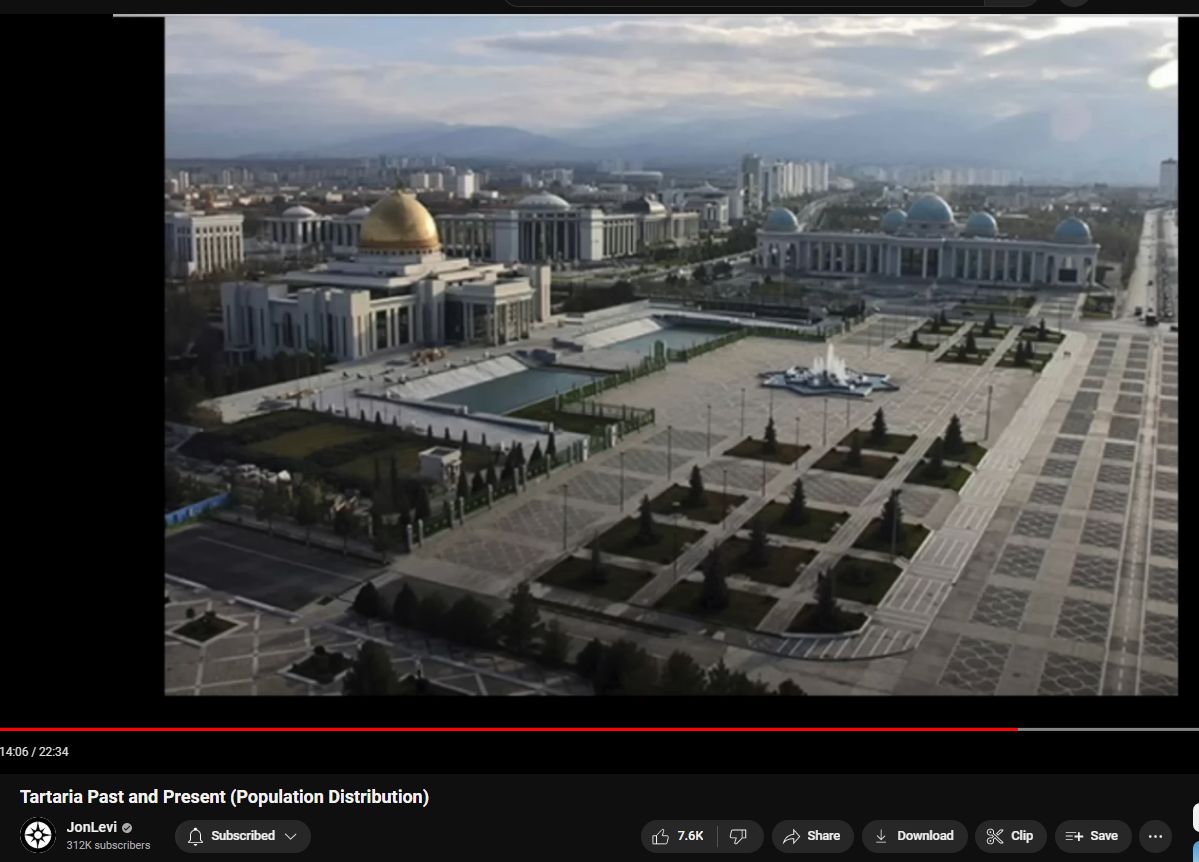Seven Central Asian -stans as Tartary
Afghanistan
Kazakhstan
Kyrgystan
Pakistan
Tajikistan
Turkemnistan
Uzbekistan
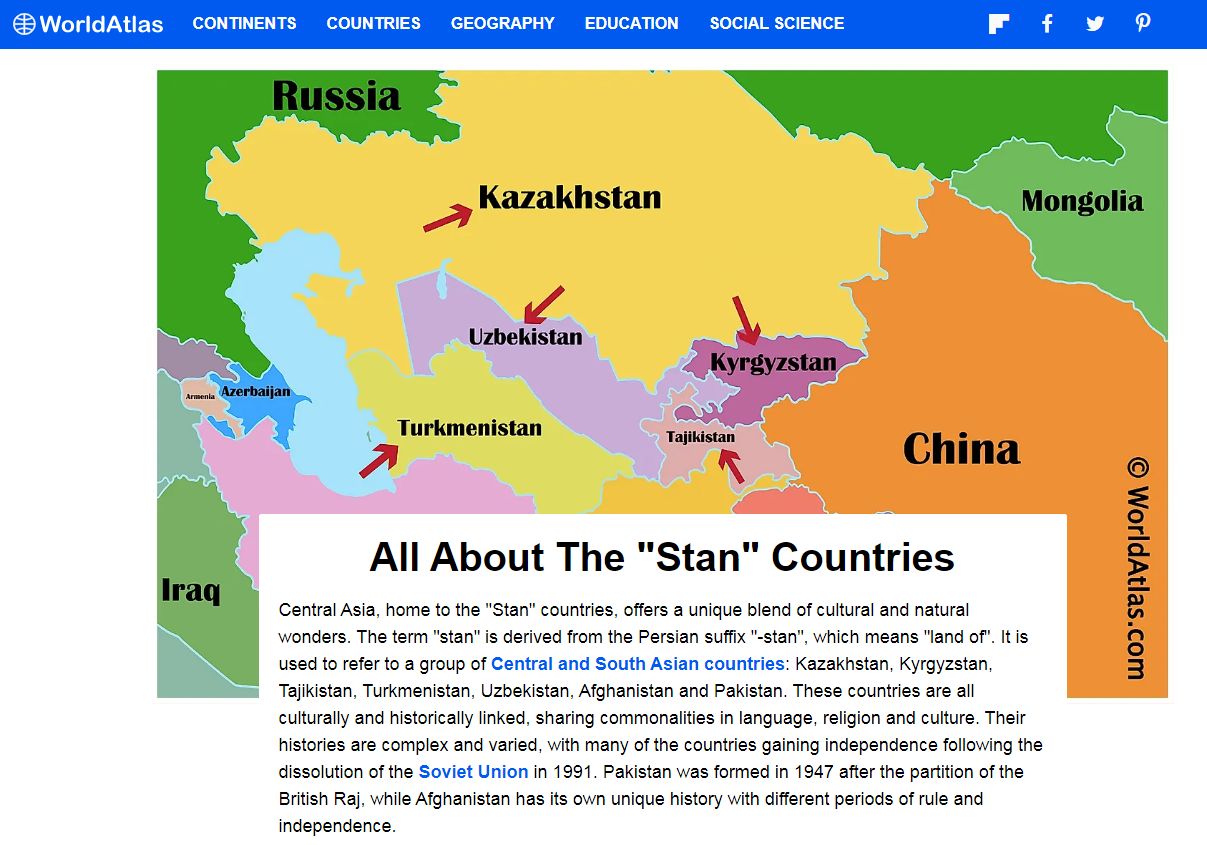
Exploring Turkmenistan as Tartary: Unraveling Historical and Cultural Enigmas
In recent years, the notion of Turkmenistan being part of the fabled Tartary has garnered attention and sparked discussions among researchers and enthusiasts delving into alternative historical narratives. Jon Levi, a prominent researcher in this field, has contributed to shedding light on the connections between Turkmenistan and the enigmatic Tartary. In this blog post, we will delve into the intriguing concept of Turkmenistan as Tartary, exploring its historical roots, cultural significance, and the mysteries that surround this fascinating theory.
Unraveling the Tartary Enigma
Tartary, often shrouded in mystery and ambiguity, refers to a historical region encompassing vast territories in Eurasia, including parts of present-day Russia, Central Asia, and China. The concept of Tartary has captivated researchers and historians, sparking debates about its existence, boundaries, and influence on global history. Jon Levi’s research delves into the hypothesis that Turkmenistan, with its rich history and cultural heritage, may have been a part of the elusive Tartary civilization.
Historical Connections: Silk Road and Empires
Turkmenistan’s geographical location along the ancient Silk Road has played a pivotal role in connecting civilizations and facilitating trade and cultural exchanges. The region has been influenced by various empires and dynasties throughout history, including the Persian Empire, the Mongol Empire, and the Timurid Empire. These historical connections highlight Turkmenistan’s significance as a crossroads of civilizations and a melting pot of cultural influences, aligning with the narrative of Tartary as a vibrant and cosmopolitan civilization.
Cultural Legacy: Architecture, Art, and Traditions
The cultural legacy of Turkmenistan is evident in its magnificent architecture, intricate artistry, and enduring traditions. The country’s renowned historical sites, such as the ancient city of Merv and the mausoleums of Konye-Urgench, reflect the grandeur and sophistication of past civilizations. Turkmenistan’s rich textile traditions, including the art of carpet weaving, showcase the artistic skills and cultural heritage passed down through generations—a testament to the cultural richness associated with Tartary’s legacy.
Mysteries and Speculations
The concept of Turkmenistan as Tartary invites us to ponder on intriguing questions and speculations about the region’s hidden history and undiscovered treasures. Could ancient ruins in Turkmenistan hold clues to Tartary’s existence and influence? Are there untold stories and secrets waiting to be unearthed beneath the sands of time? These mysteries fuel the imagination and curiosity of researchers and explorers seeking to unravel the enigma of Tartary and its potential links to Turkmenistan.
Conclusion: A Tapestry of History and Exploration
Turkmenistan’s potential connection to Tartary opens doors to a realm of historical exploration and cultural discovery. While the concept may remain speculative and debated, it invites us to broaden our perspectives on the diverse tapestry of human history and the interconnectedness of civilizations across time and space. Whether viewed through the lens of historical research, cultural heritage, or adventurous curiosity, Turkmenistan’s role in the Tartary narrative adds depth and intrigue to our understanding of the past and the legacies that endure to this day.
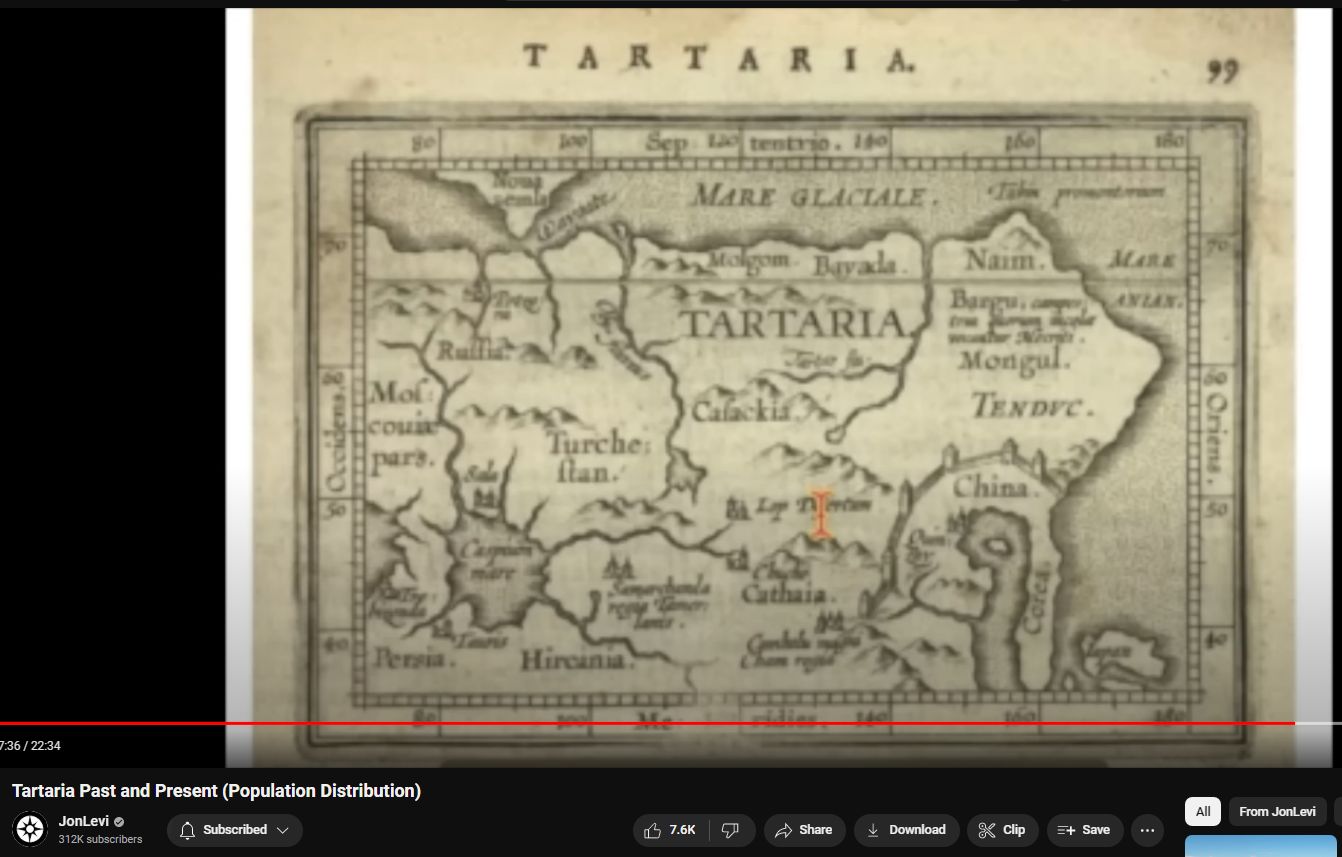
Comments from the video —
“THEY had a solar ray blaster before; now THEY also have microwave weaponry”
“Probably the reason for the mudflood —- microwave weaponry, and probably solar weaponry, STERILIZES the soil — therefore it is necessary to top-coat fresh soil that can bloom and support plants … just a thought. Maybe this is why the mudflood depth is relatively uniform across everywhere — just enough to cover over the devastation, about 6 feet or so. Maybe in past eras the mudflood coverings had to be deeper (‘there were giants on the land in those days’).”
“Hiro was not hit with a nuke — where is the 50,000 year half-life ??? It was hit with energy weapon. Same as everywhere else similarly stricken.”
“The “gods” are just a step or three ahead of general awareness and understanding, which they ruthlessly mislead, attack, subjugate.”
